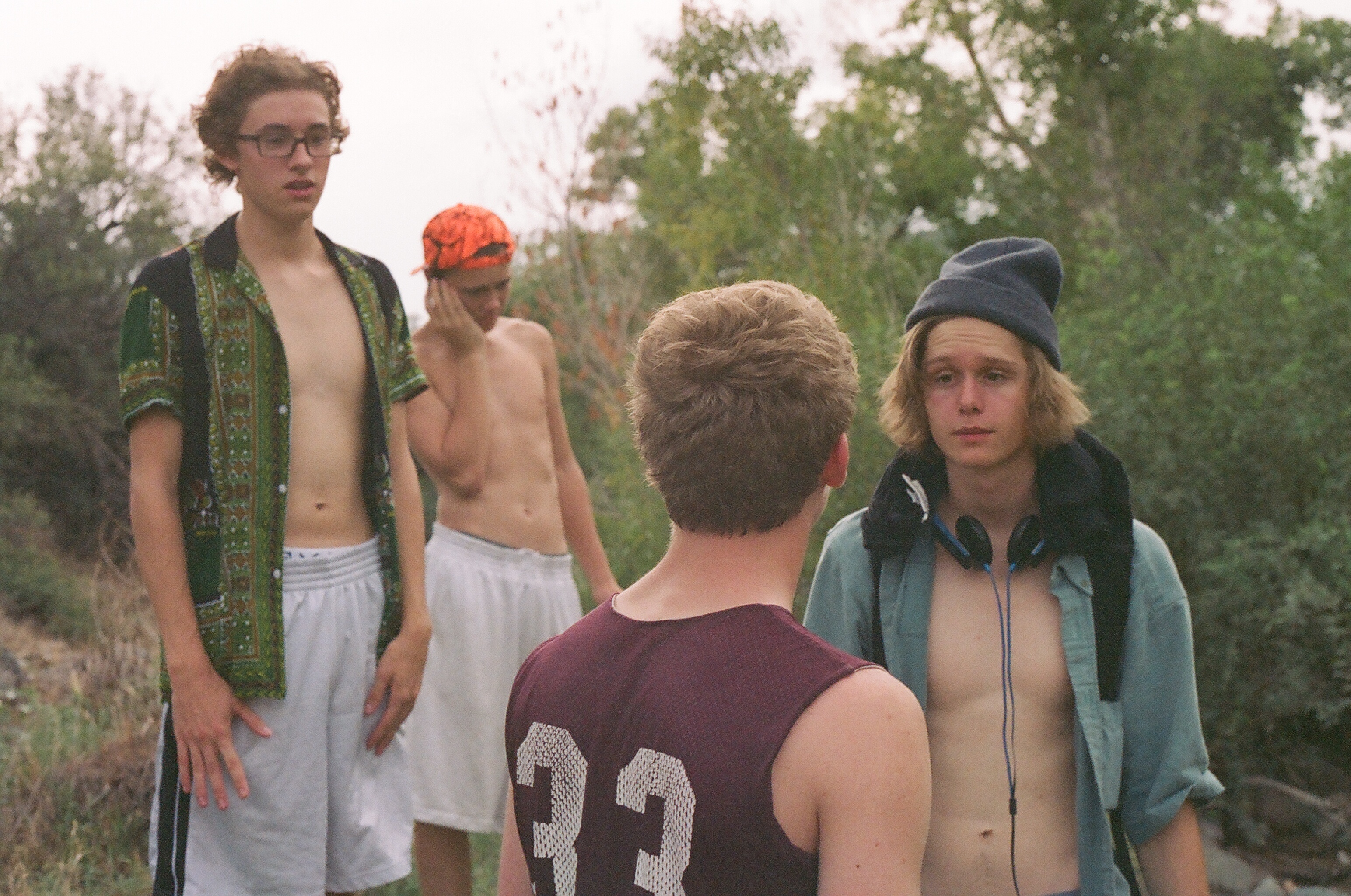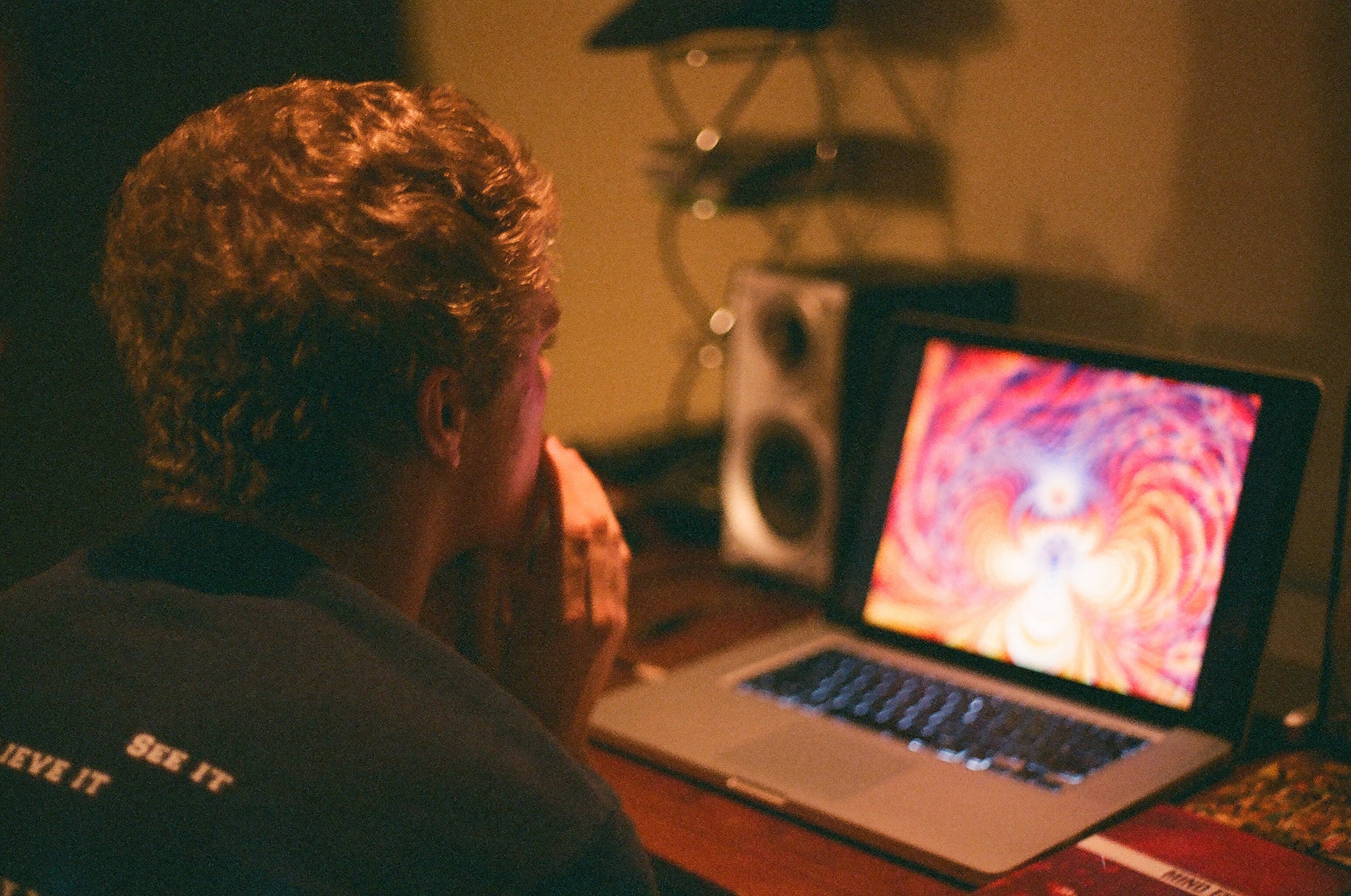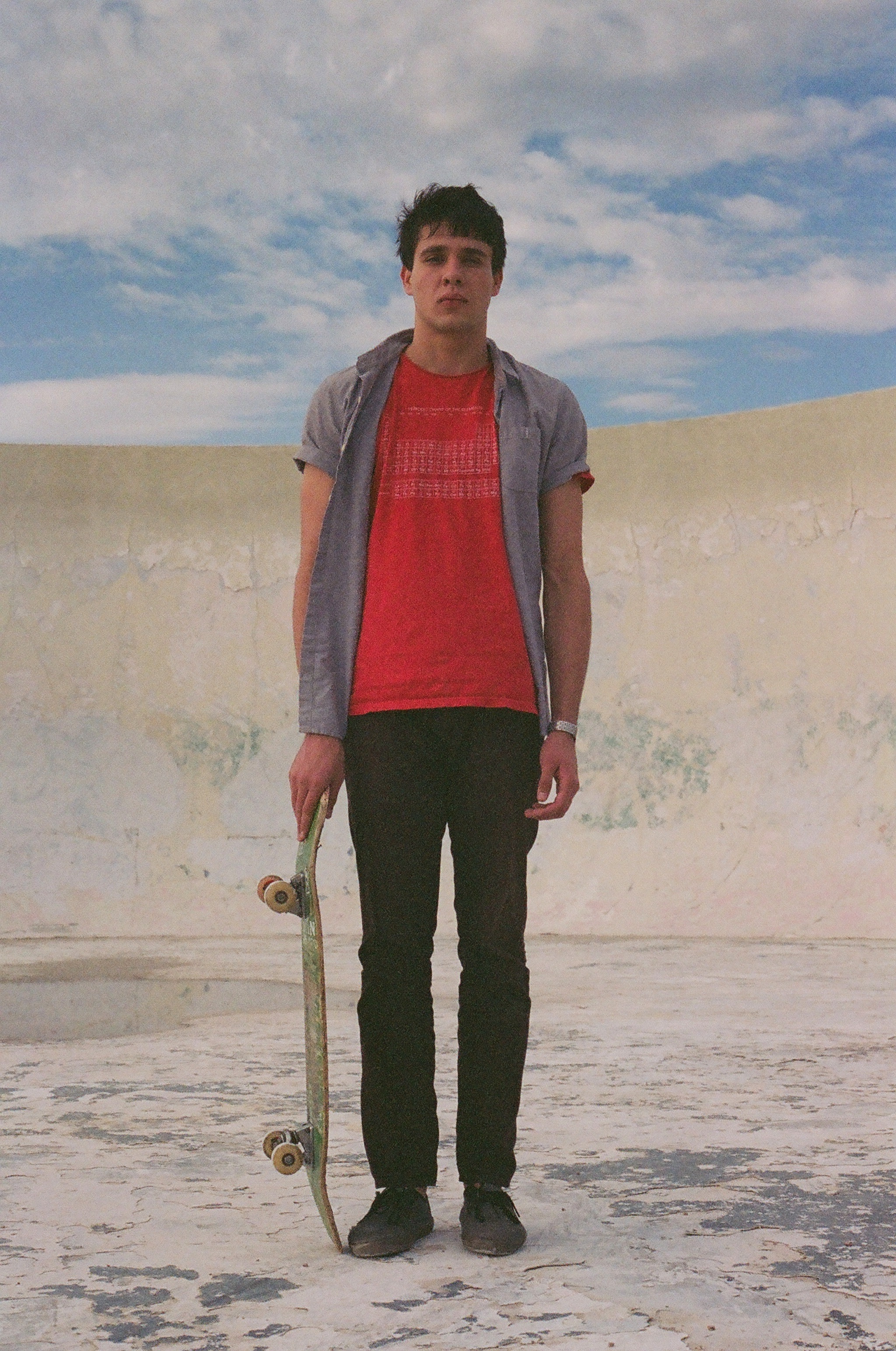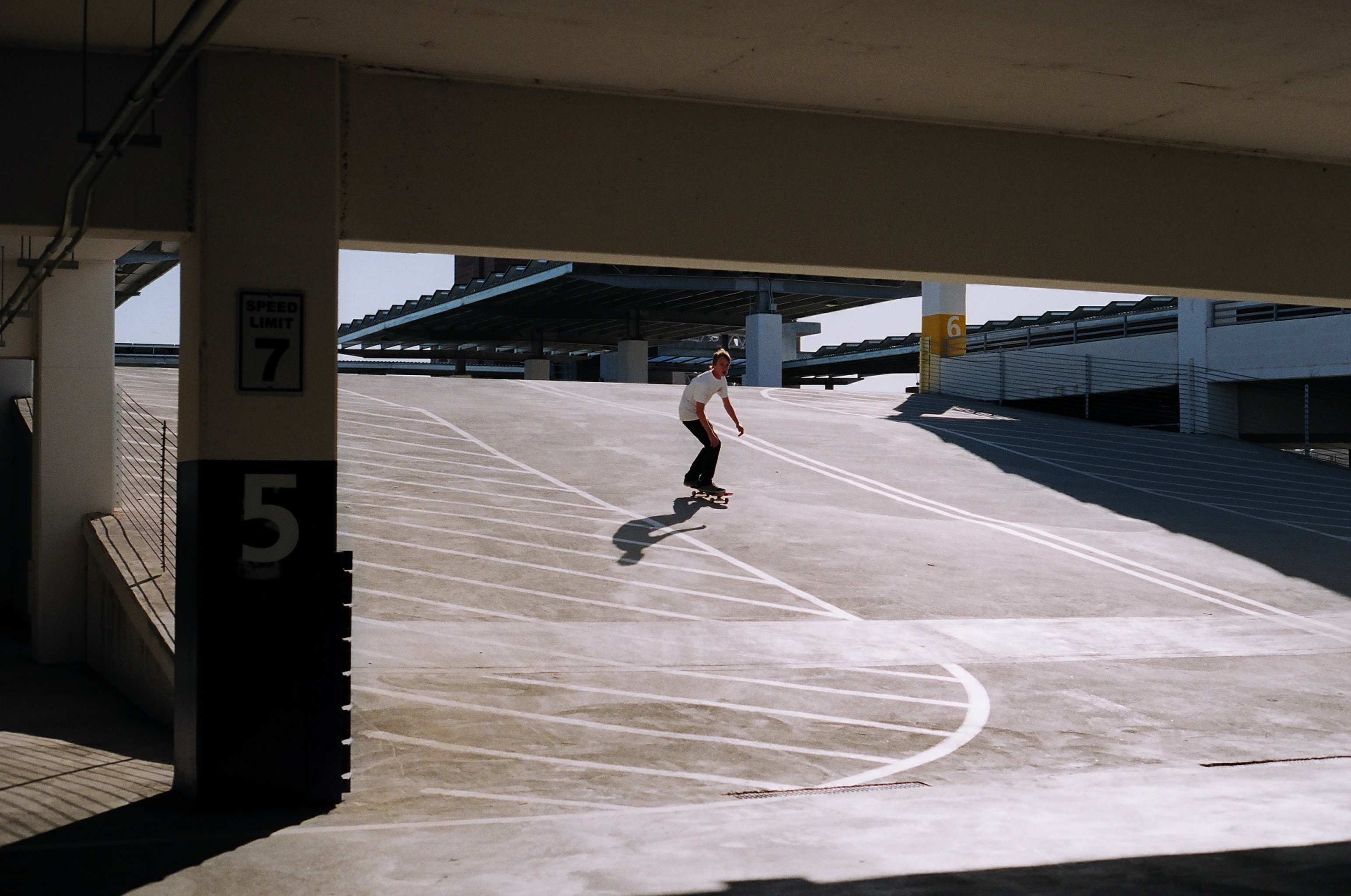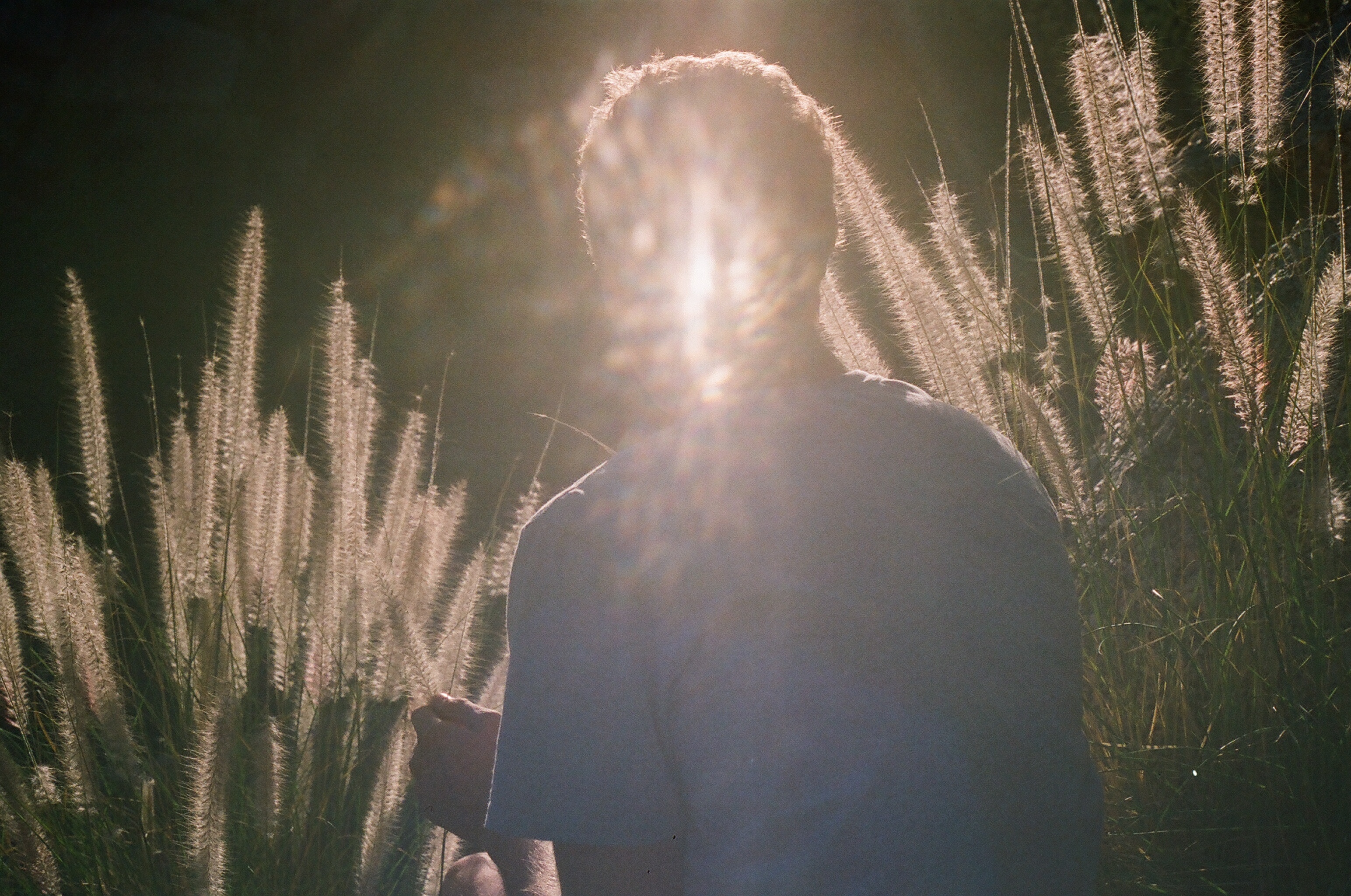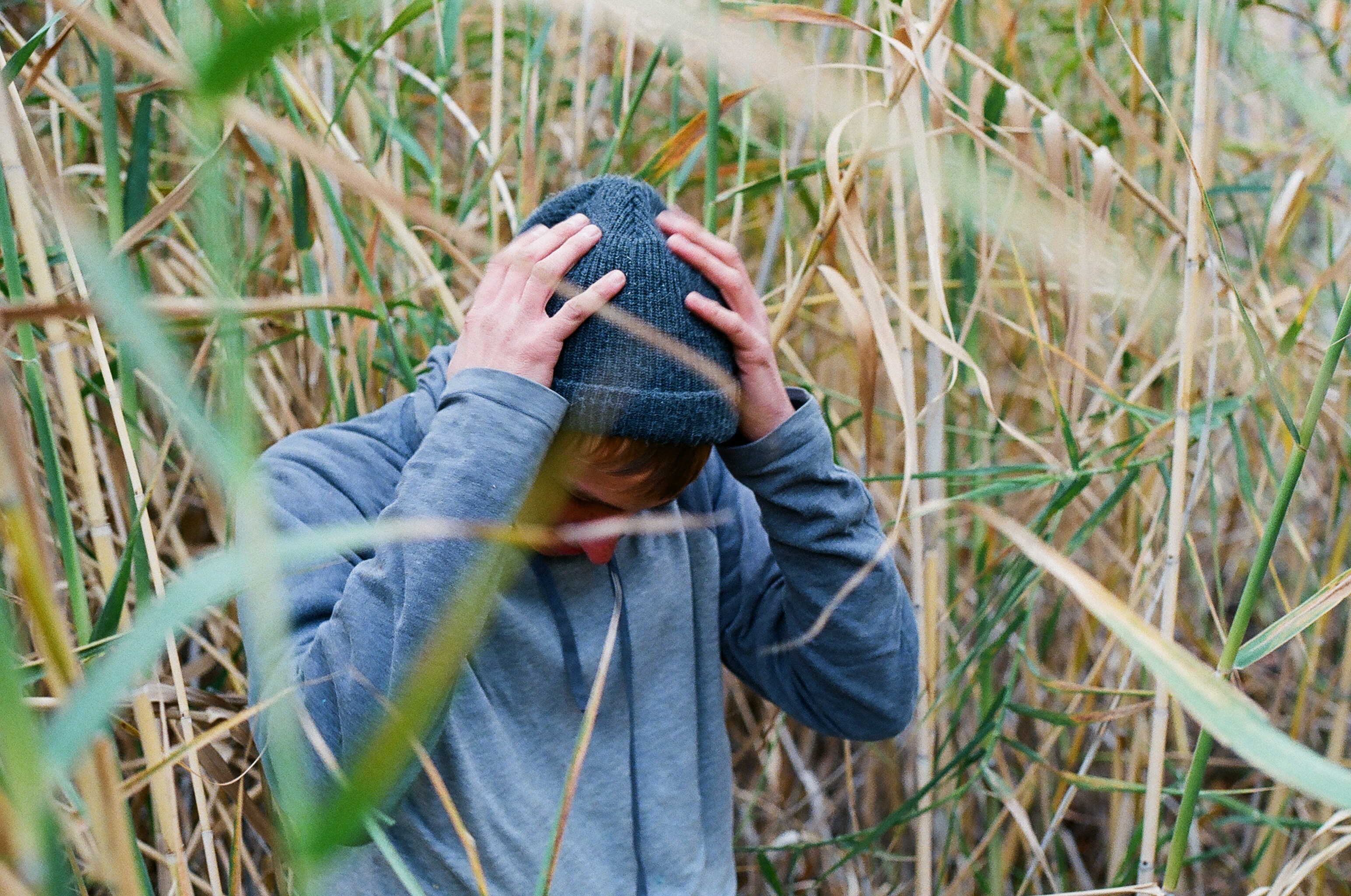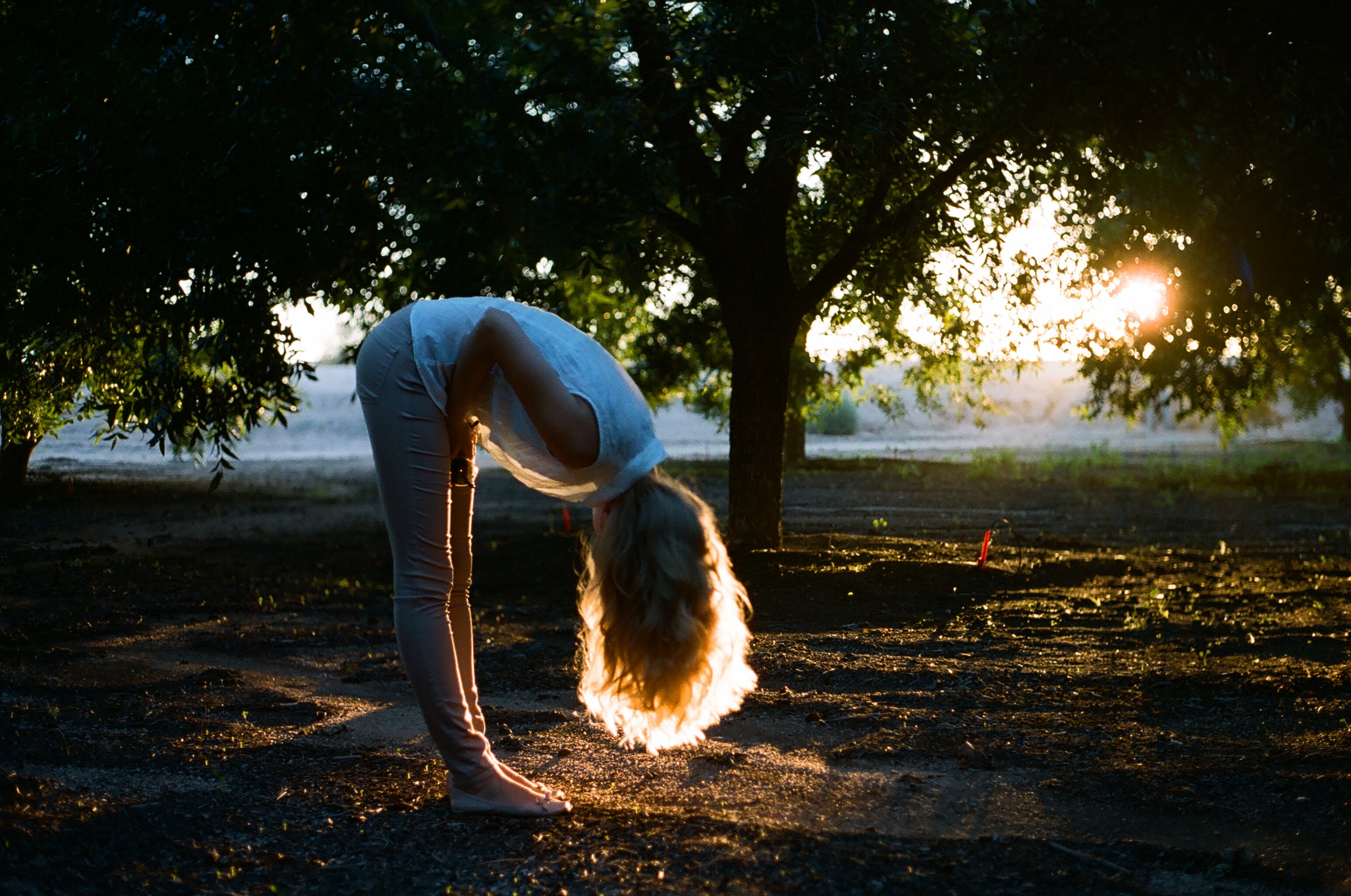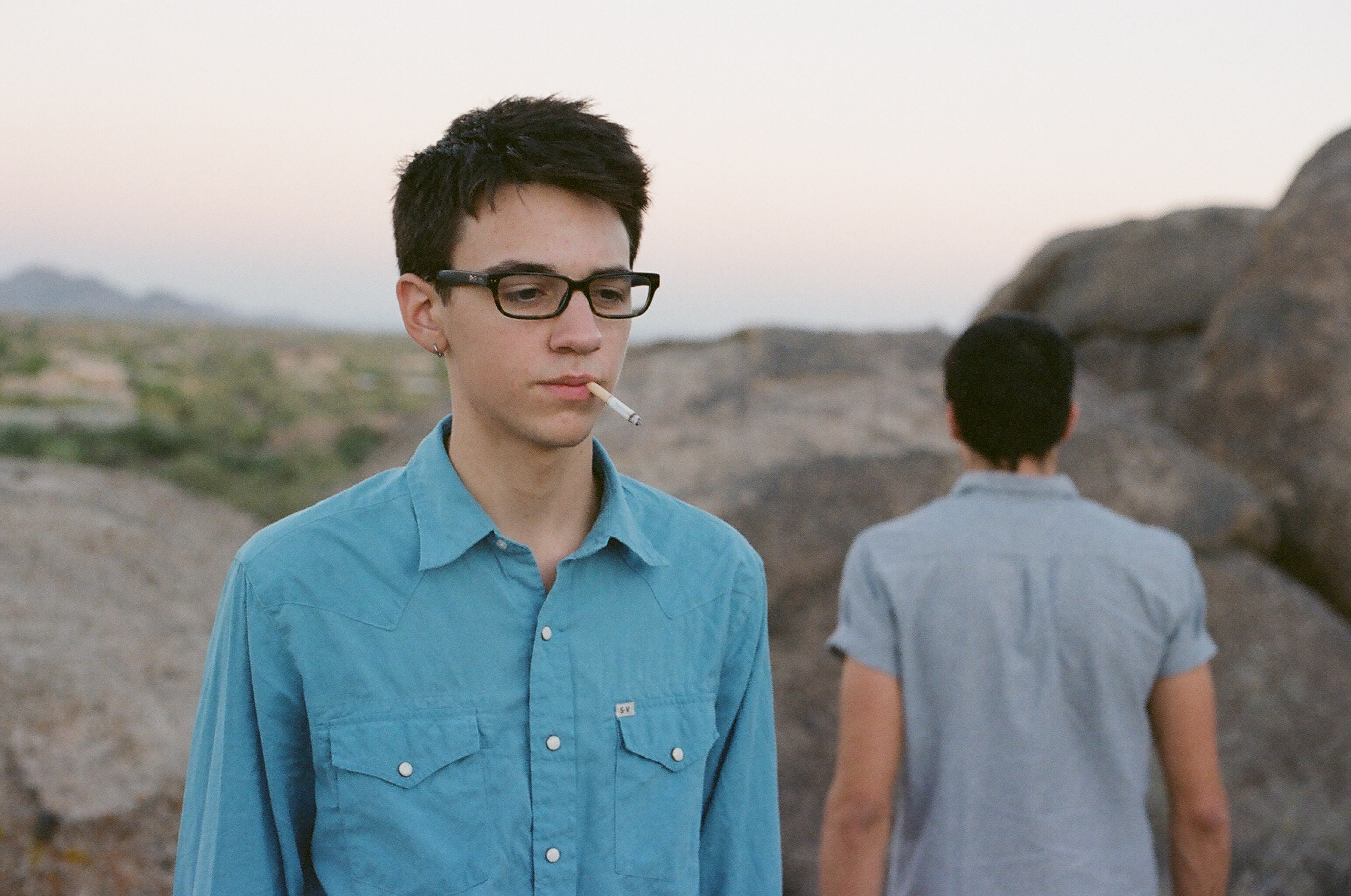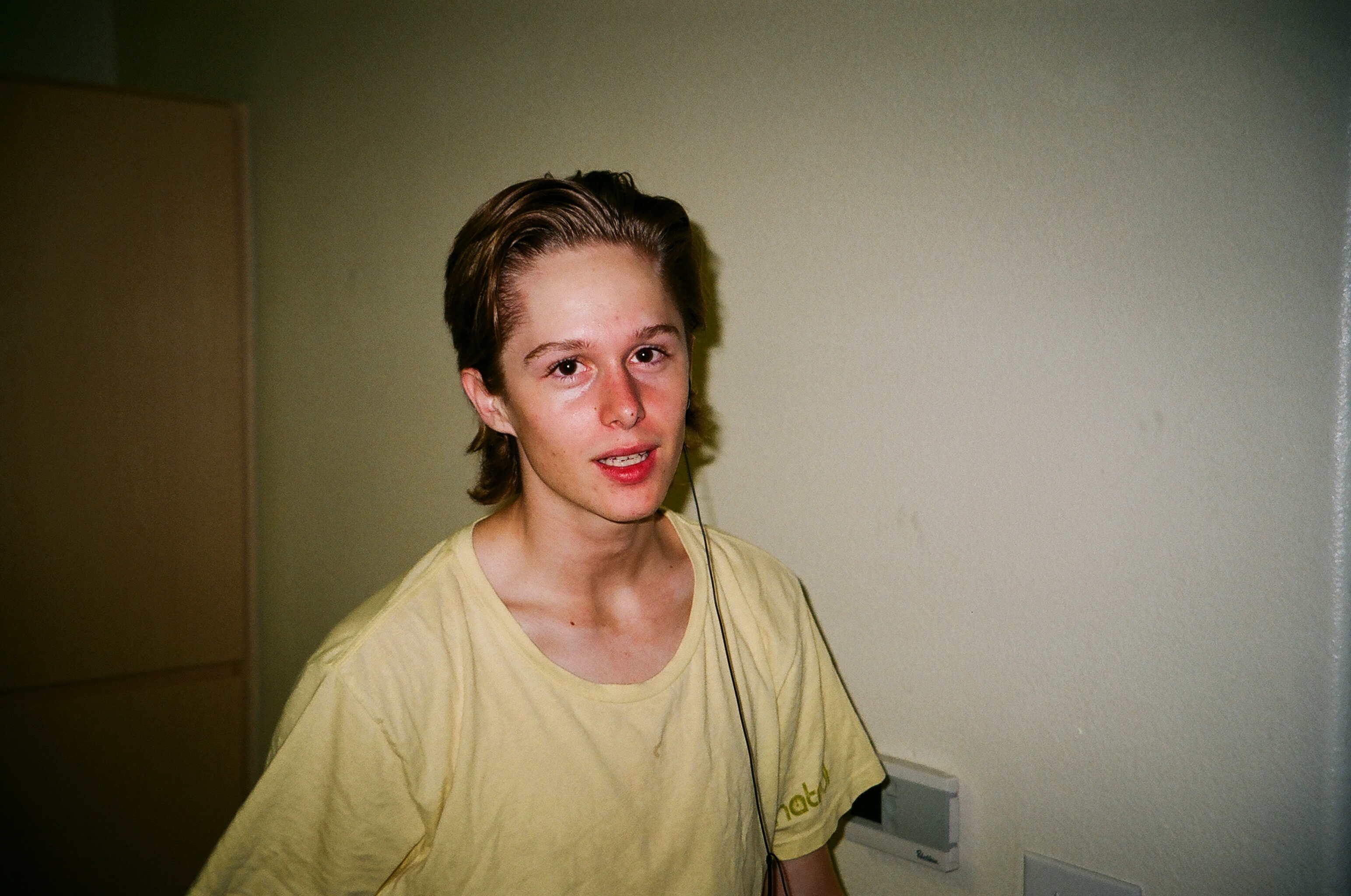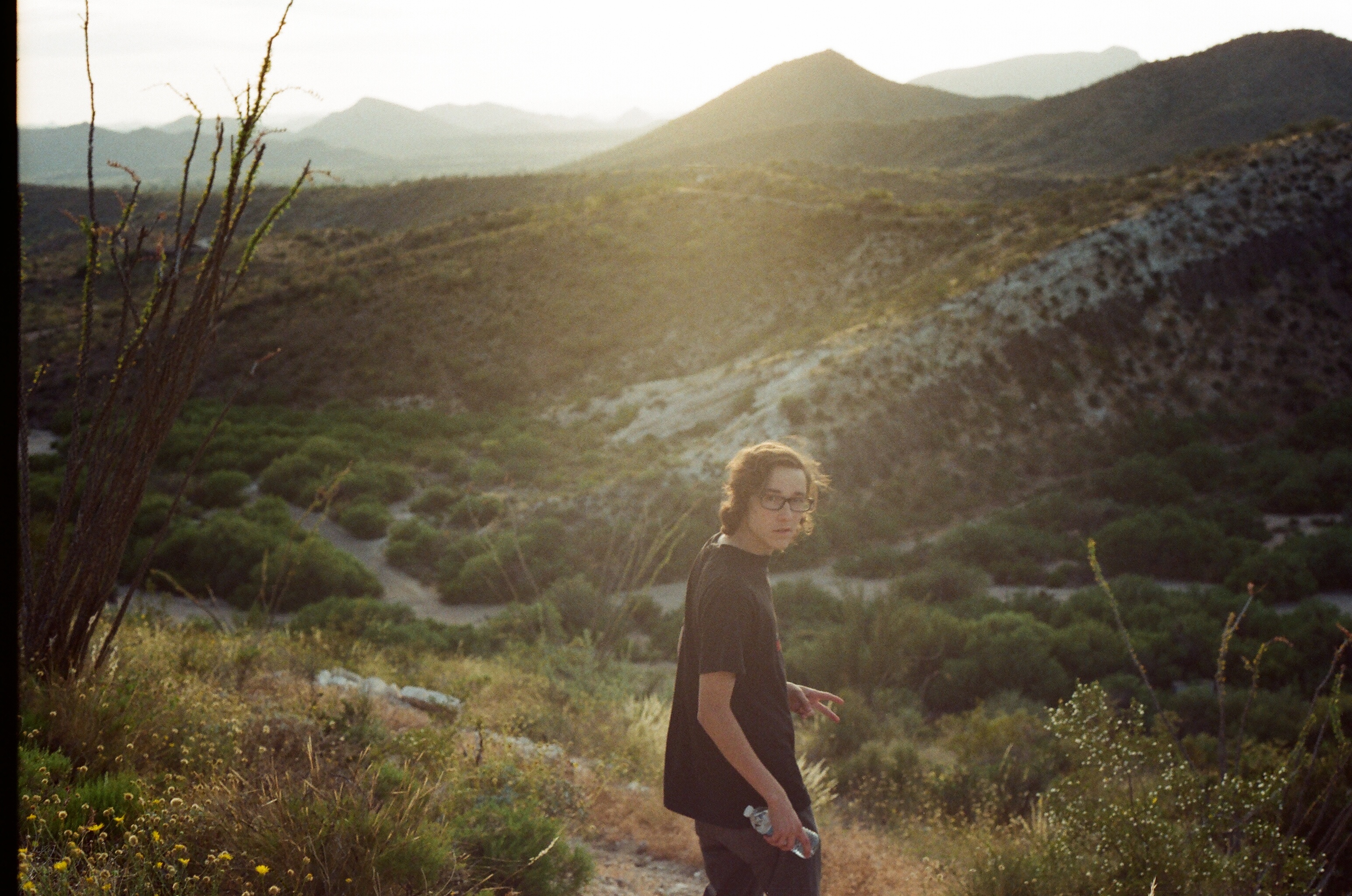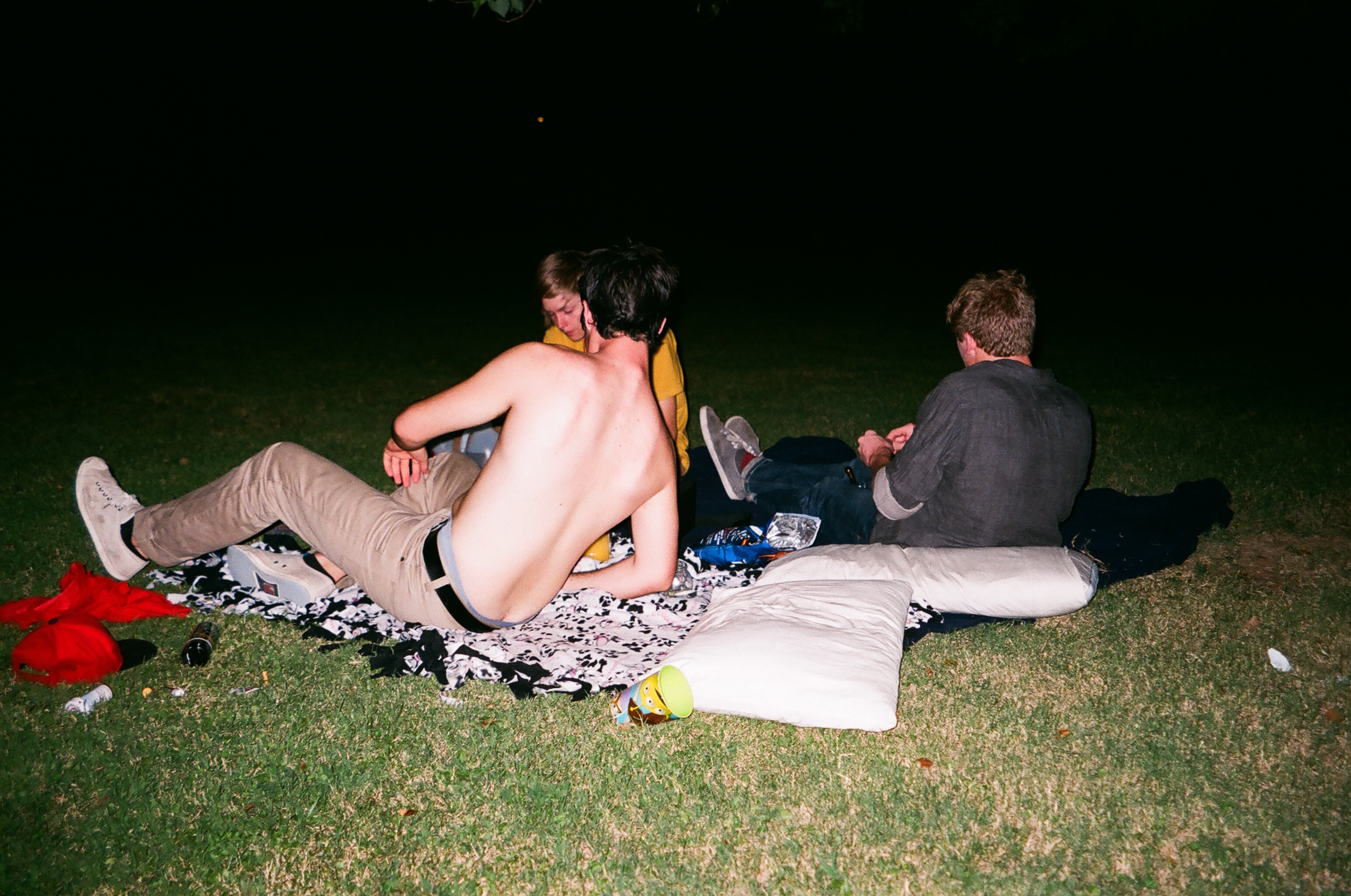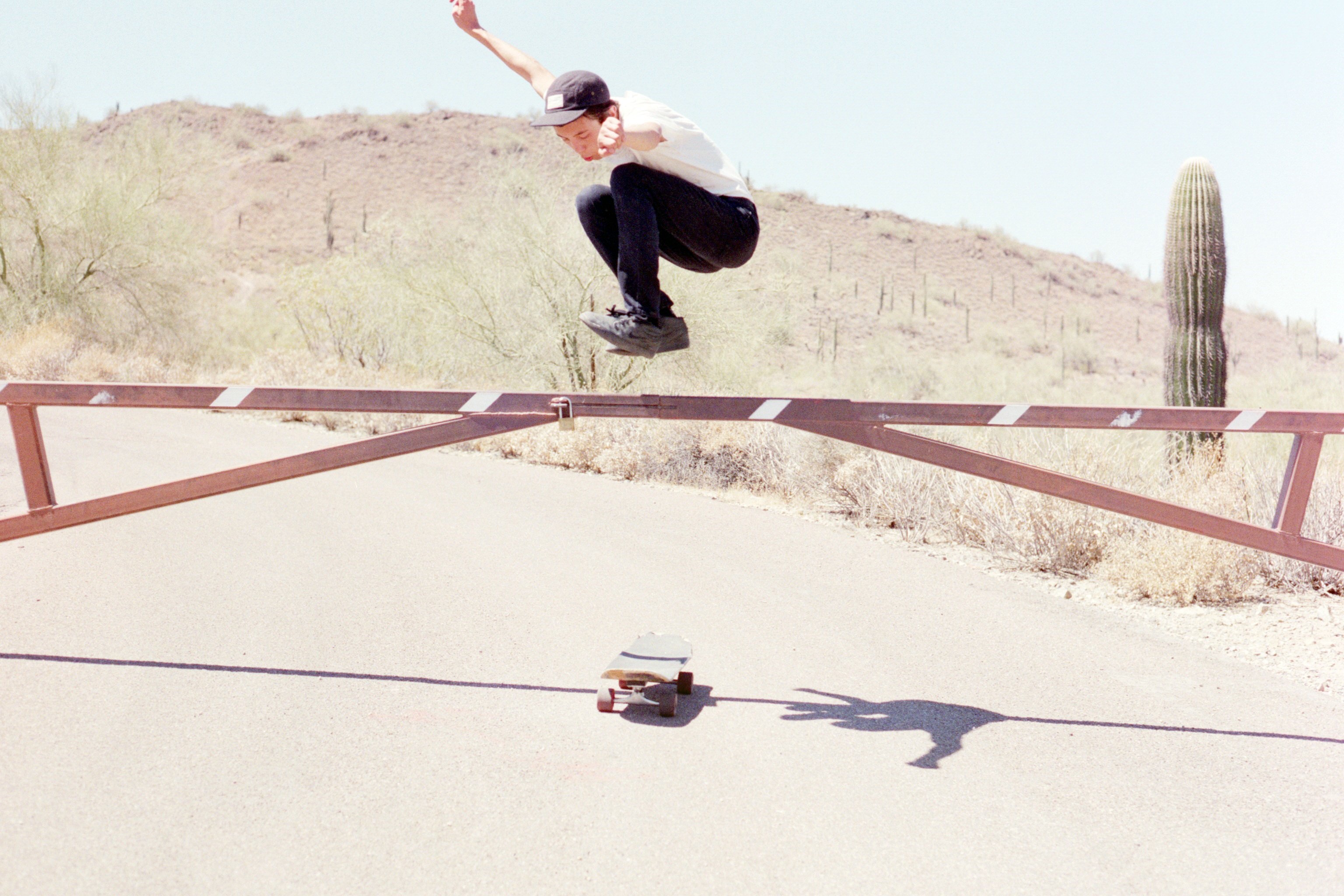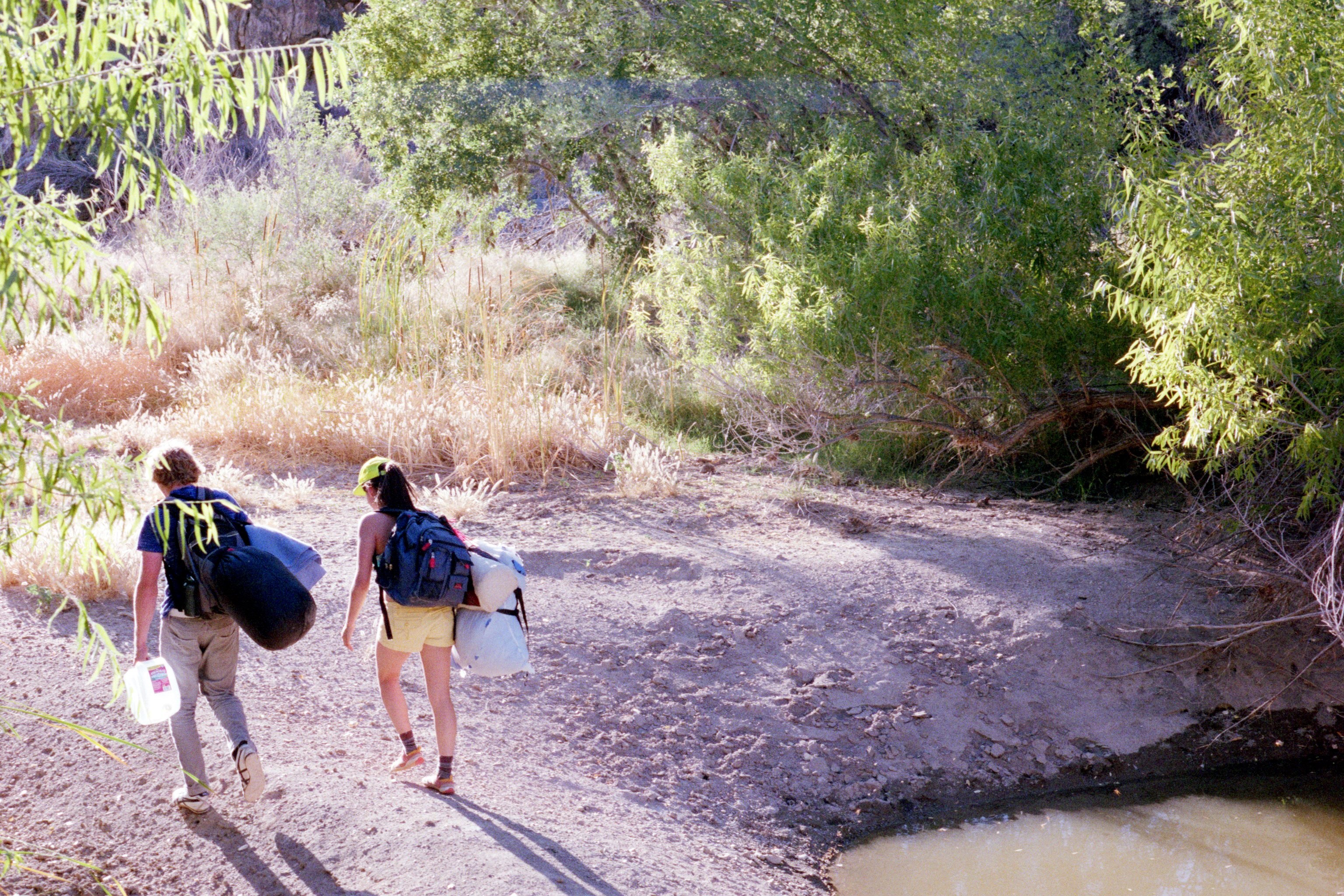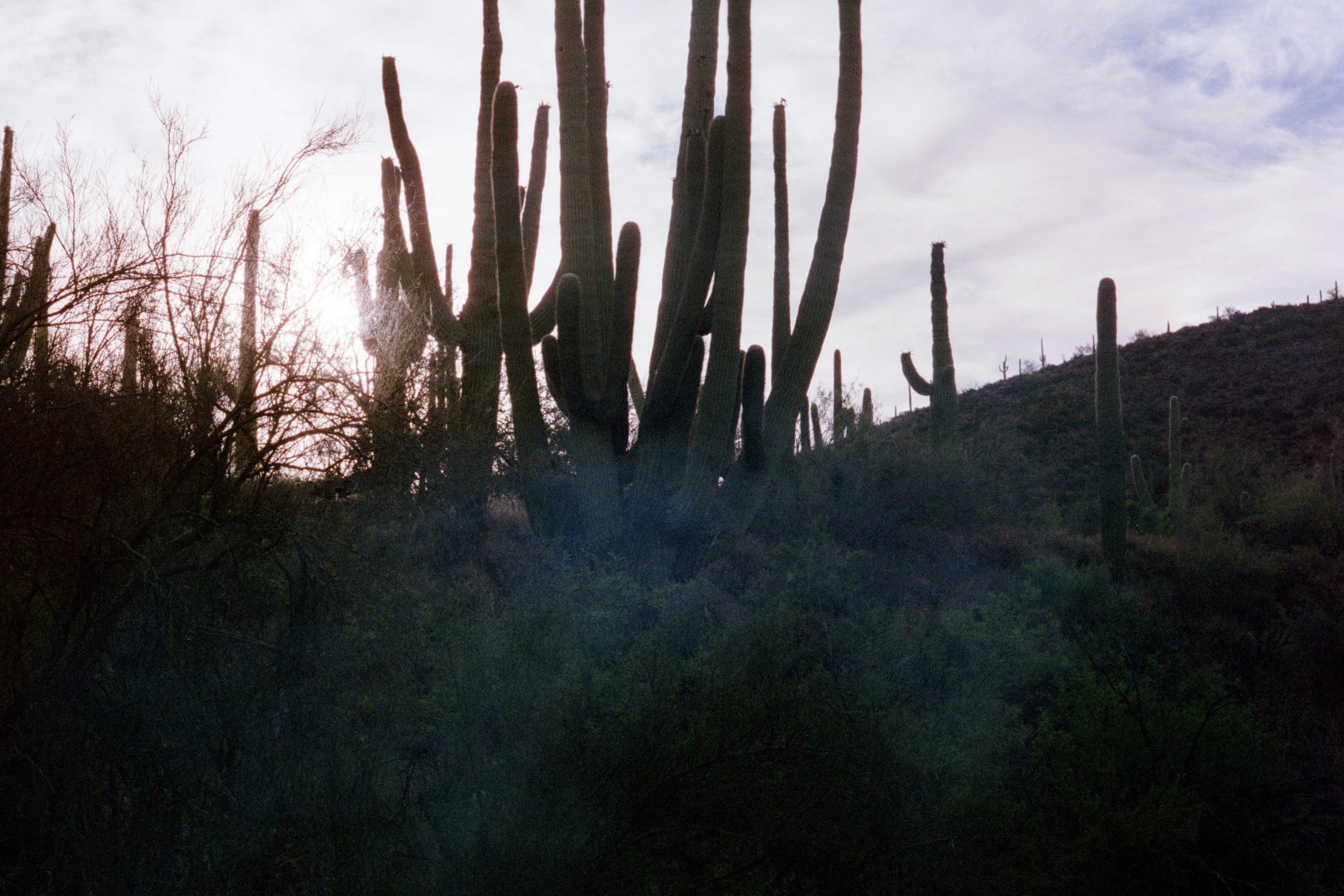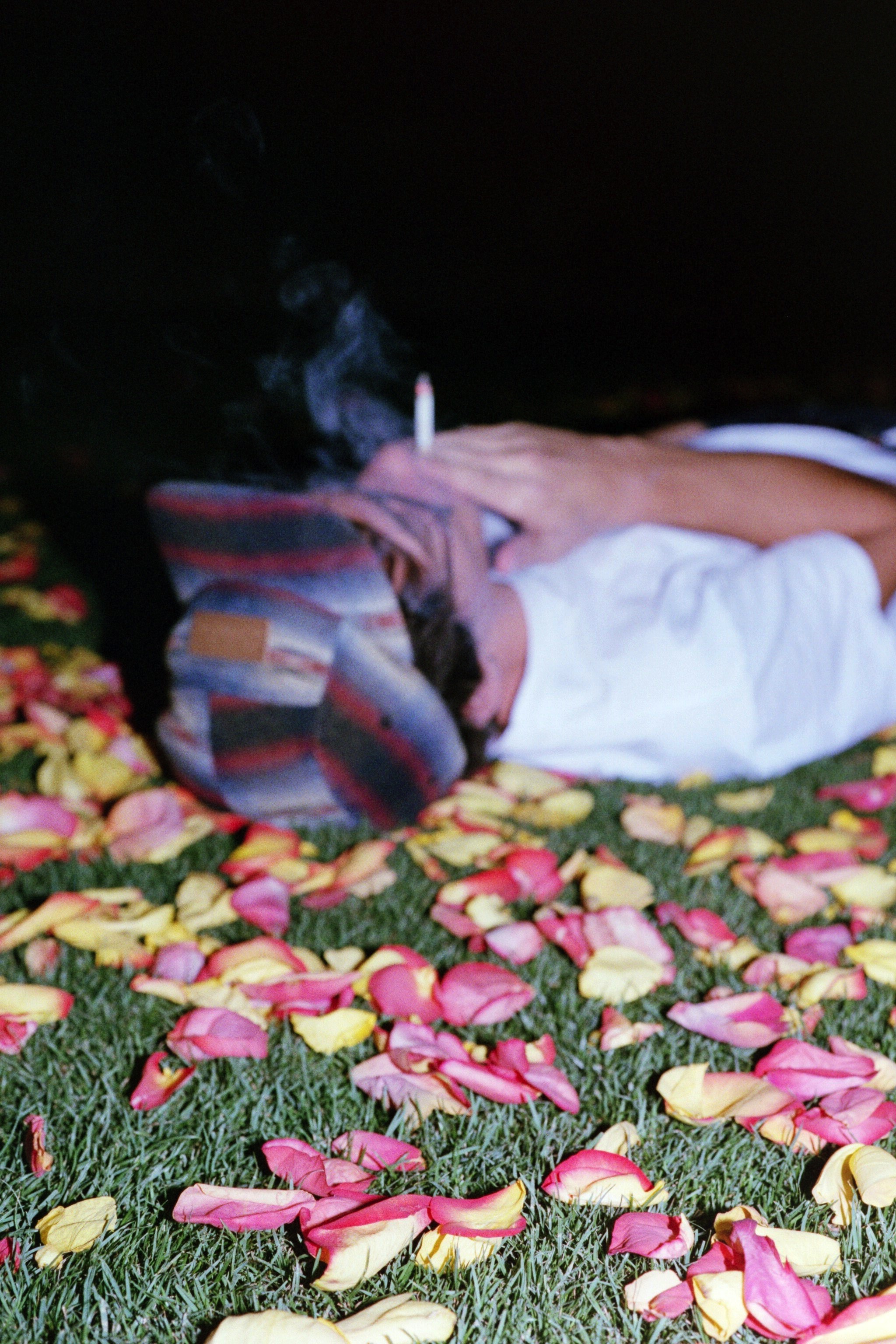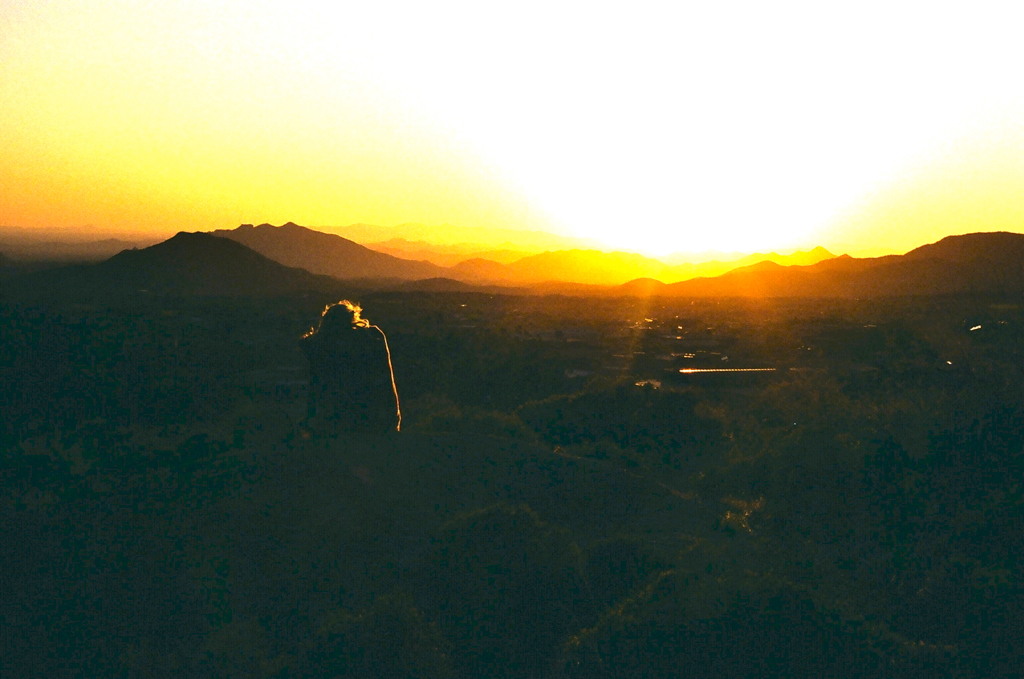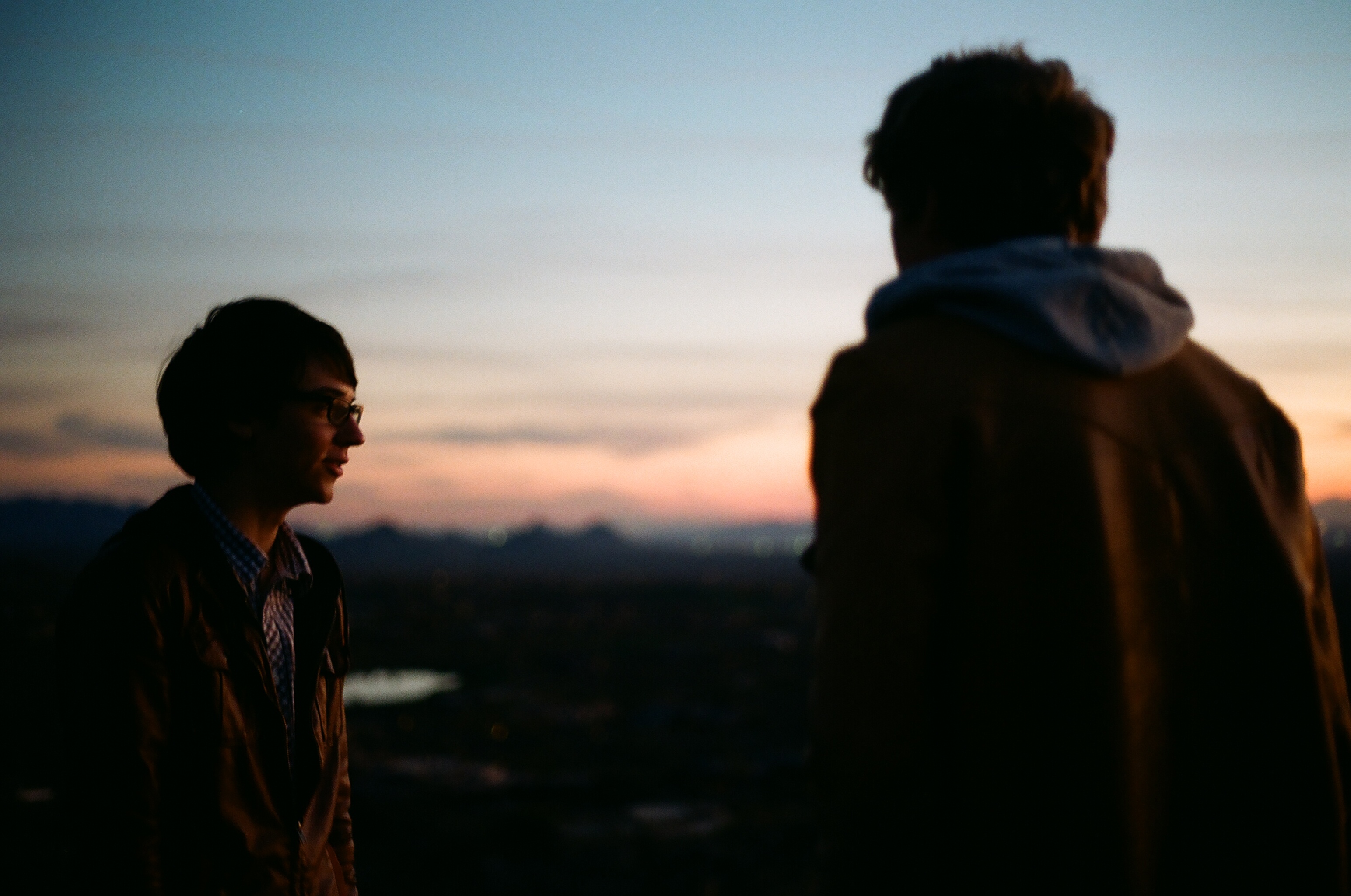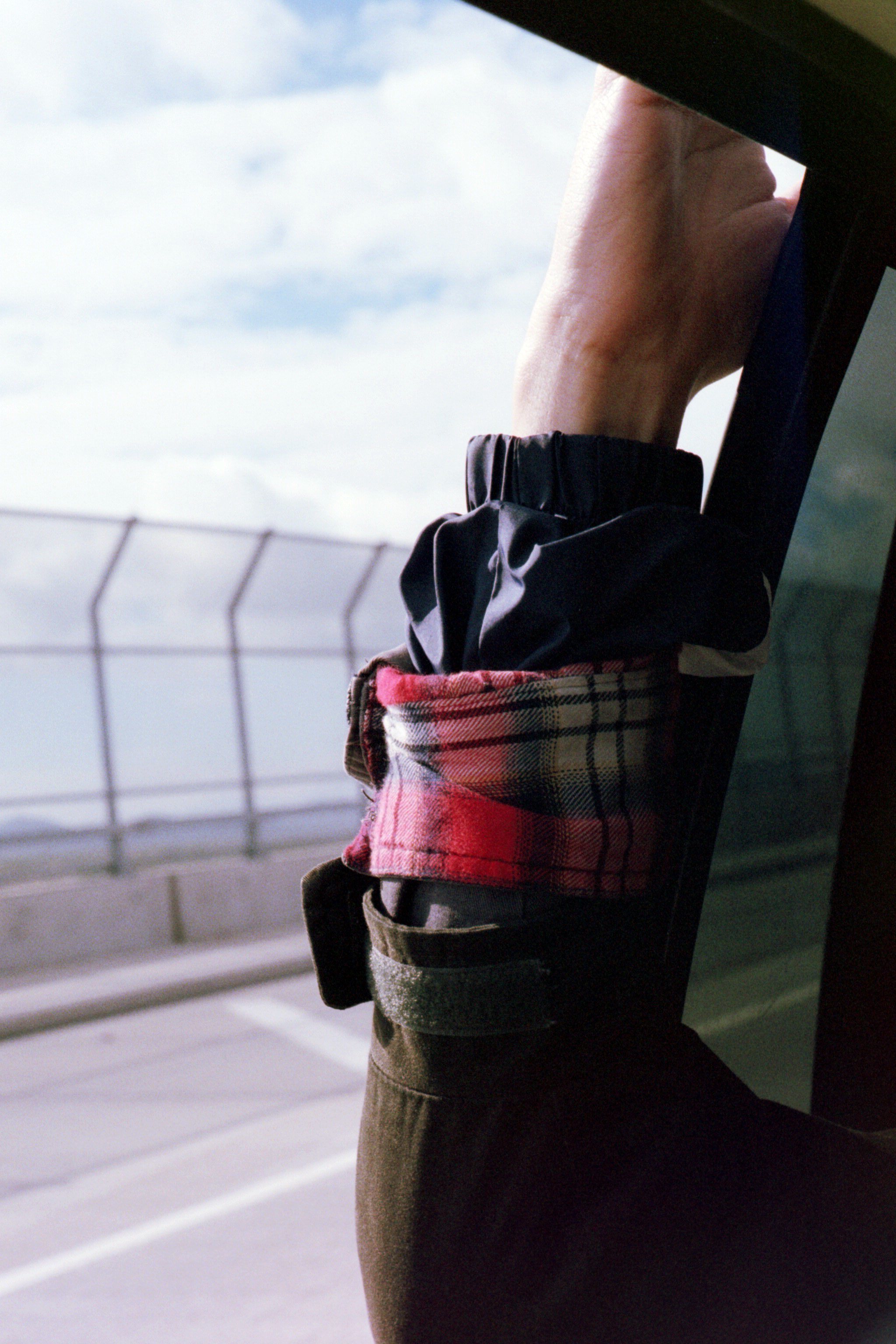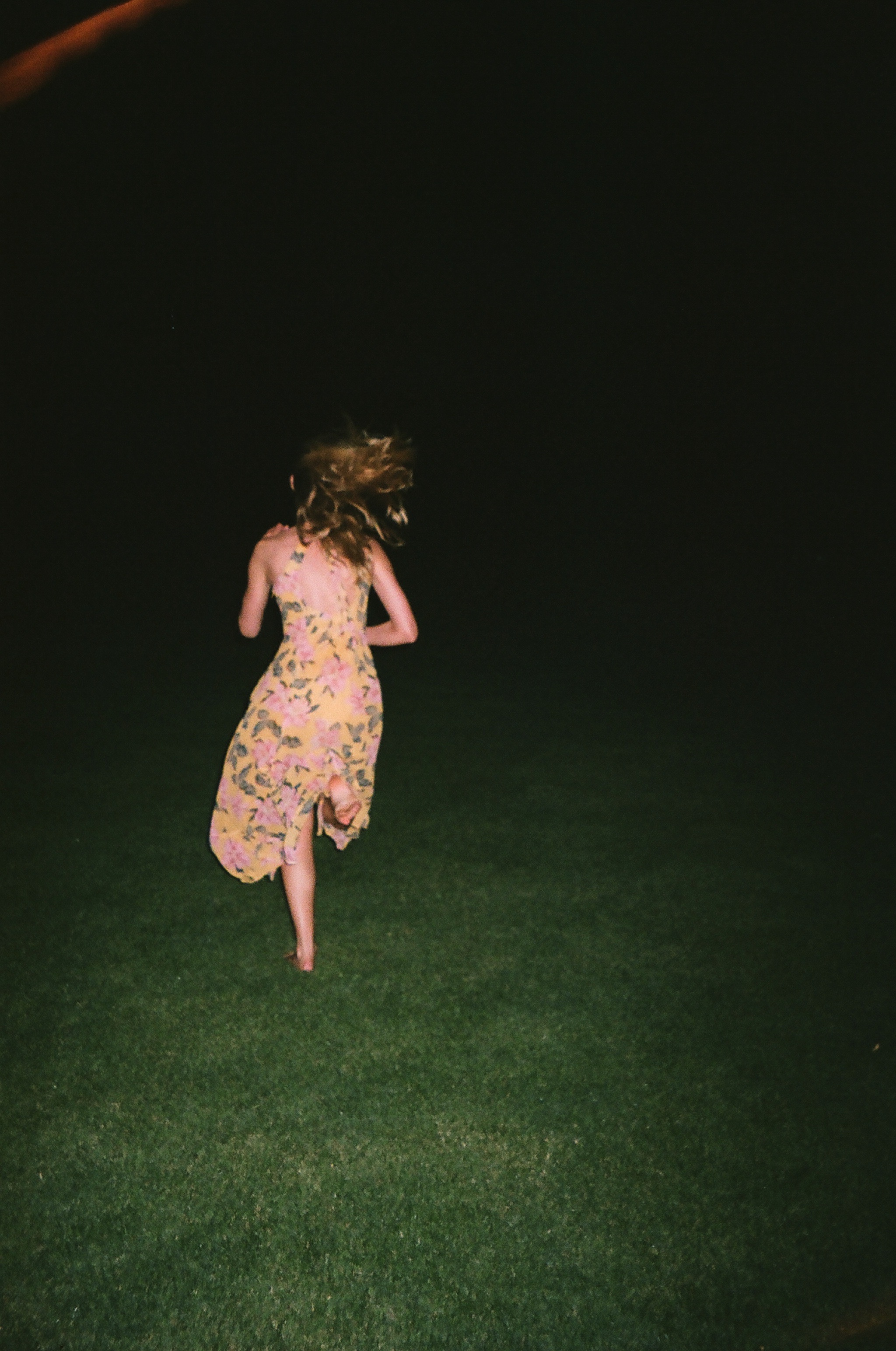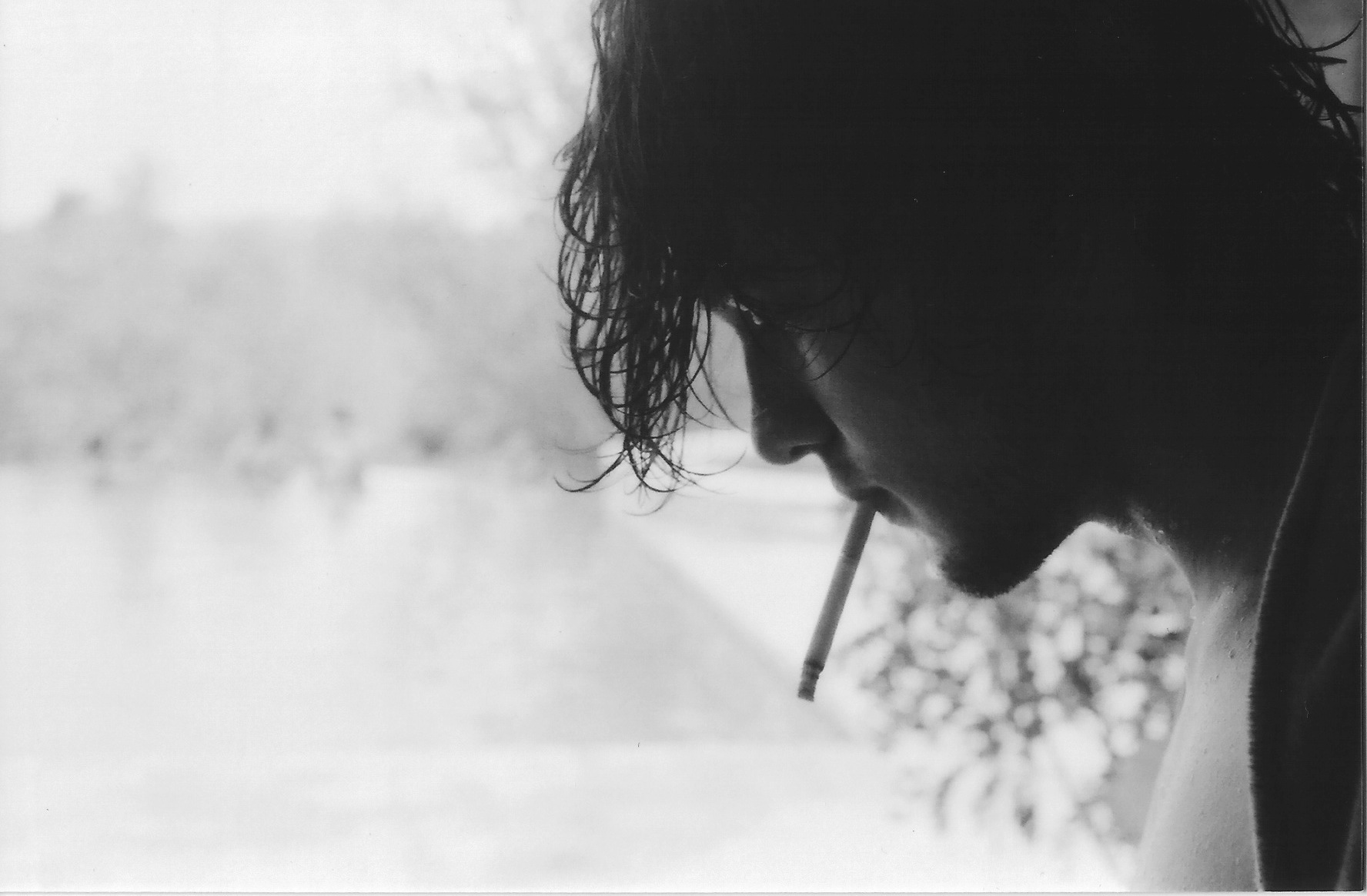I first discovered the work of Pennsylvania based photographer Sean Gilchrist on Stampsy and the first thing that really struck me was the intimate view that we had on his group of friends from the series, ‘kids’. In order to get a closer insight into his world I asked him a few questions to get the story behind the photographs.
Where are you based and what is your favorite aspect of your environment?
I grew up in Cave Creek Arizona, but now go to University in Central Pennsylvania. Wherever I am my favorite thing about my surroundings is nature. In Arizona where I do most of my work, it was the epic scale of everything. Phoenix is a valley, so living in Cave Creek where the valley slopes up and rises we are blessed with incredibly cinematic views, and I think that openness influenced my work a lot.
Describe your entrance in to the work of photography?
I wouldn’t say I “work” in photography. I do jobs here and there, but I mostly just do personal stuff. I’ve been told my style is not accessible enough to be commercial haha. Although I would love to branch into it more, I feel like after my 20 years of existence I could be too washed up at this point.
But what introduced me to photography was skateboarding. Skateboarding is a culture obsessed with documentation, whether it be iphone clips, photos, or full length homie videos there is a pressure to record tricks, and consequently culture oftentimes gets inadvertently captured. I loved the photos in skate magazines where the focus was not really on the skating, but on the pros and their lifestyle, so I bought an old Canon AE-1 which still serves me to today, and I just took photos of my friends trying to emulate that style.
How did the idea for the ‘kids’ series come about?
There was never an idea for it really. Some of these photos are among the first rolls of film I ever shot, and virtually all of them occurred within the first two years I picked up a camera so at the time I wasn’t really aware of the potential significance of the photos besides for personal enjoyment.
But when I was 17 around the time the Silk Road was first established was when I began to think these photos could mean something later on. Naturally being the bored suburban kids we were, we learned to how to use the dark web and ended up abusing it. We bought synthetics before anyone had OD’d or in some cases before the federal government even realized they existed. We became obsessed with learning what we could about these new classes of drugs because frankly there was no literature, no laws, and barely established dosing recommendations. Internet forums were our only source of knowledge. We developed an almost encyclopedic knowledge of chemical structures and basic neuroscience. Not to say we knew what we were doing, but we gave it our best. My friends started to indulge in huge amounts psychedelics, very frequently for about a year, and it was during this time I took most of these photos. Not going to point out which ones, but in probably half these photos someone is on a psychedelic drug at the time.
My friends and I call this period the “Golden Age” and I will always look at it that way. Despite run ins with the law, it was a time full of freedom and natural beauty. We had a group of friends about 20-30 kids deep called “Crime Cords” (ironically, I promise) but we hung out almost every day and saw ourselves kinda of like a band of outsiders. Besides the fact that psychedelics make everything feel more significant, we all truly began to realize how special that period in time was. Psychedelics and pot motivated us to find the greatest pockets of natural beauty in our area, and in the West there is an intrinsic sense of freedom pervades these areas. We sought nature as a means to escape the perceived rigidness of our conservative Arizonian town. It was during this time when I began to realize that I could create a body of work that attempted to preserve these feelings of youthful freedom.
What would be your ultimate dream in terms of a visual project?
To go back in time and steal Richard Mosse’s idea, talent, contacts, and funding to do The Enclave. I truly think that is one of the best art projects of our time. Realistically though I would love to capture culture, but in a non-pretentious and organic way similar to Mike Brodie’s work. Only through complete immersion can those kinds of authentically emotional photos be created and I admire that a lot. My ultimate dream would be to combine the traveler lifestyle of Rueben Brulat with Mike Brodie’s intimacy to depict a group of people in a specific period of time. I think at the end of the day that’s all one should ask of documentary style photography; a means to preserve the memories and feelings of a group of people in a way that is instantly conveyable to anyone who looks at the photographs.
Do you have any pre or post shoot rituals?
Not really. Check the film speed setting on my camera I guess lol. I’m super paranoid about loading film incorrectly, having the lens not be fully attached, or the camera being on the wrong setting. There’s nothing worse than realizing half way through a shoot that you have been taking poorly exposed photos.
Does music play a role in your work? What are some of your favorite musical artists?
Yes certainly. For the series ‘kids’ it was WU LYF, Why?, and Animal Collective. Those were the three bands that summed up our experience during that time period. From the highs to the lows those bands really resonated with us. We literally listened to Animal Collective almost religiously and I feel like that just made us kinda weird ha. But nowadays I like to listen to a lot of 60s-70s music from around the world, as well as artists like Vince Staples and Isaiah Rashad.
I noticed that you shoot a lot of film, what is the reason behind it?
I love the authenticity of it. It’s a challenge and the tangibleness of it is addicting.
Lastly, do you have any questions for me?
Sure, what does a bunch of white suburban 16 year olds roaming around the desert with heads full of acid have to do with fashion or grunge?
LB: Well, I tend to have taken on a new meaning to the word “grunge” in my head. While it’s usually recognized as pertaining to music, it also has to do with the audience that gravitated to the scene. The youth who wanted to live life in a more pure form away from the glamorized world of heavy metal in the 80s. Fashion is more than designers or labels; its the style that we choose to portray whether subconscious or not. I think these photos are great in that they show the difference over 20 years but also the similarities that still exist in youth culture. It’s a time when you’re living free and really starting to explore the authentic parts of life. Much like the grunge scene.
———–
More on Sean Gilchrist


